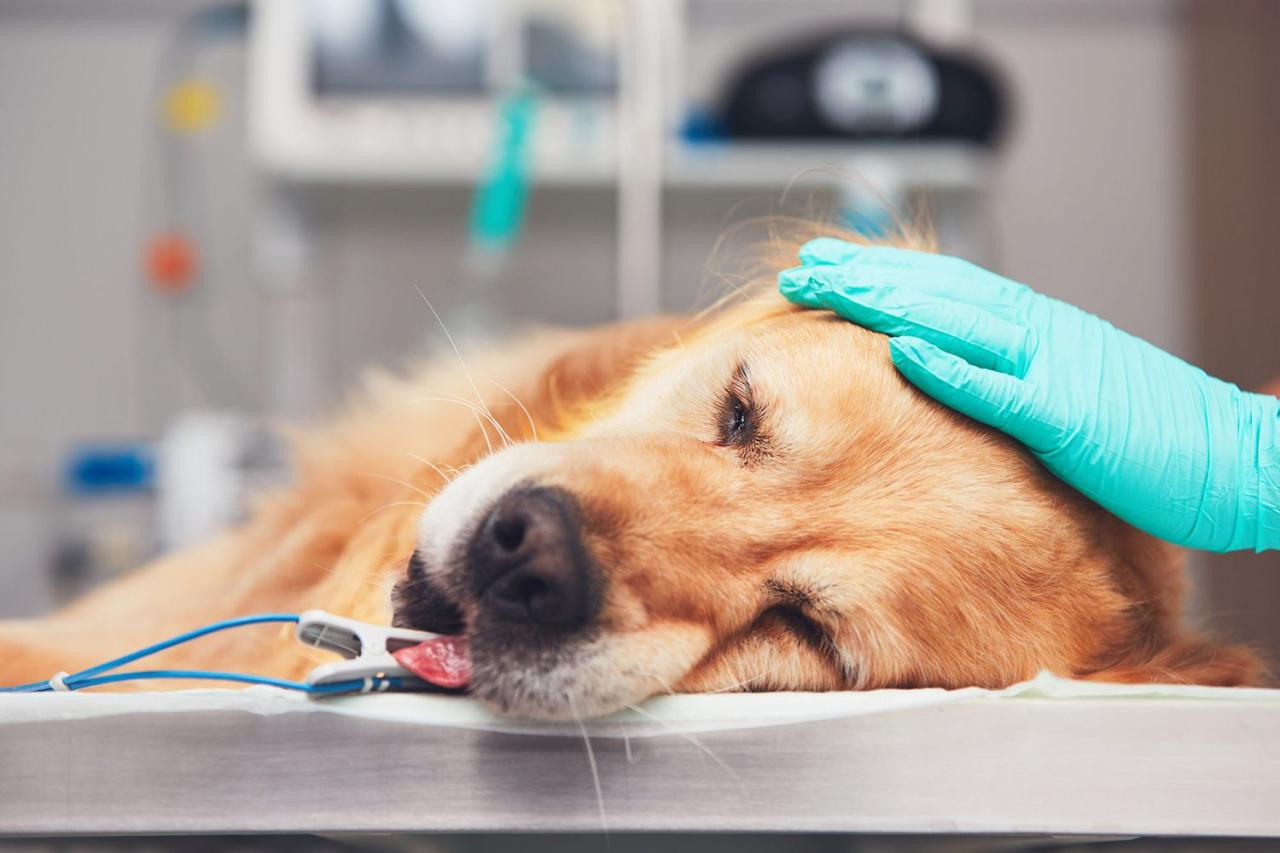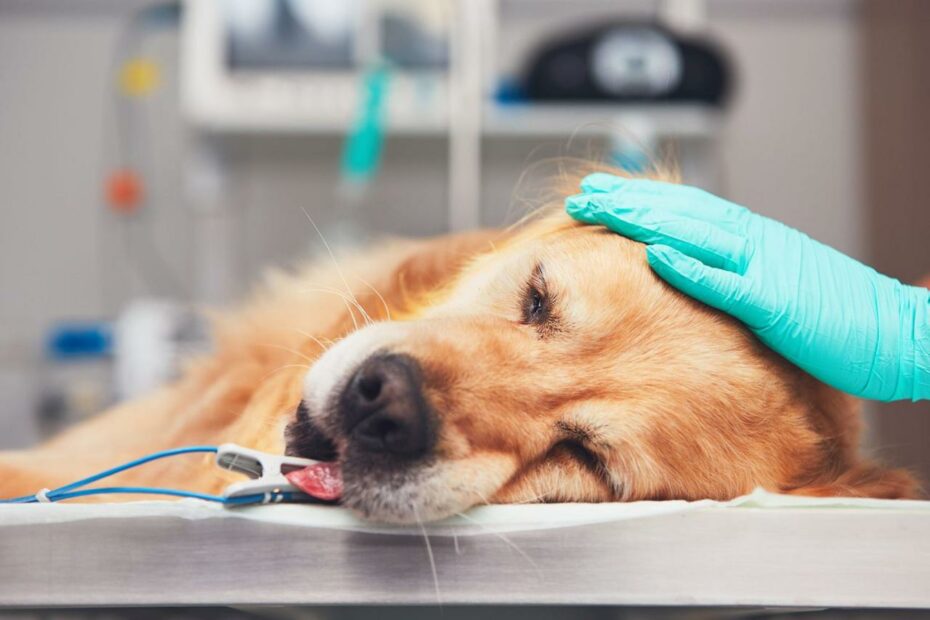Understanding Canine Behavior Post-Sedation: What To Expect
What To Expect After General Anesthesia
Keywords searched by users: How Do dogs Act after sedation dog after sedation, dog side effects after sedation, dog sedation vs anesthesia, dog after anesthesia whining, dog sedation recovery time, dog acting weird after anesthesia, can i feed my dog after anesthesia, signs of anesthesia overdose in dogs
What Are The Side Effects In Dogs After Sedation?
The potential side effects of sedation in dogs can range from light to moderate in severity. These may encompass mild vomiting after the sedation wears off, as well as feelings of pain and discomfort during the recovery period. Additionally, sedation can lead to hypotension, which is characterized by low blood pressure, as well as a decrease in heart rate. Another possible side effect is hypoxemia, a condition characterized by low levels of oxygen in the blood. Furthermore, sedation may induce hypothermia and a reduction in metabolism. Lastly, dogs may experience a slower recovery from anesthesia. This information was last updated on October 14, 2022. Understanding these potential side effects is crucial for ensuring the well-being of dogs undergoing sedation.
Can Sedation Harm A Dog?
Can sedation pose a risk to dogs? Recent research has indicated that there is indeed a risk involved when dogs undergo sedation or anesthesia procedures for various reasons. The study found that out of 10,000 dogs subjected to these procedures, 14 of them experienced fatal outcomes within two weeks. Moreover, within the critical first 48 hours following sedation or anesthesia, 10 out of those 14 unfortunate cases occurred. This information, as of September 5, 2022, underscores the importance of understanding and mitigating the potential harm that sedation can pose to our canine companions.
How Long Does A Dog Recover From Sedation?
The recovery period for a dog after being administered sedatives and anxiolytics can vary in duration and may manifest in various ways. These medications can induce drowsiness, cause a dog to exhibit an unsteady gait, become easily startled, or lose interest in eating. The duration of these effects generally spans between 12 to 24 hours after returning home from a medical procedure or administration of the medication. It’s essential to note that dogs who experience a lack of appetite during this recovery phase should not be coerced into eating or drinking. This information is applicable as of May 11, 2023.
Share 19 How Do dogs Act after sedation






Categories: Update 32 How Do Dogs Act After Sedation
See more here: muadacsan3mien.com

Many dogs are sleepy or tired for twelve to twenty-four hours after anesthesia. If your dog appears to be unusually sluggish or you cannot arouse them easily, contact the hospital immediately for specific advice.The findings showed that currently this risk is 14 deaths in 10,000 dogs within two weeks of sedation/anaesthesia procedures carried out for any reason, of which 10 deaths per 10,000 are within 48 hours of these procedures.
- Mild vomiting after recovery.
- Pain and discomfort after recovery.
- Hypotension, or low blood pressure.
- Low heart rate.
- Hypoxemia, or low blood oxygen.
- Hypothermia and decrease in metabolism.
- Slow recovery from anaesthesia.
Learn more about the topic How Do dogs Act after sedation.
- Anesthesia for Dogs – VCA Animal Hospitals
- Dog Sedation and Anaesthesia: Everything You Need to Know
- Study reveals the true risks of anaesthesia in dogs
- How Long Does Anesthesia Last in Dogs? – Whole Dog Journal
- How to Take Care of a Dog After Surgery | Forever Vets
- Common Dog Behavior After Surgery: What You Need to Know – TPLOInfo
See more: blog https://muadacsan3mien.com/category/space-astronomy
